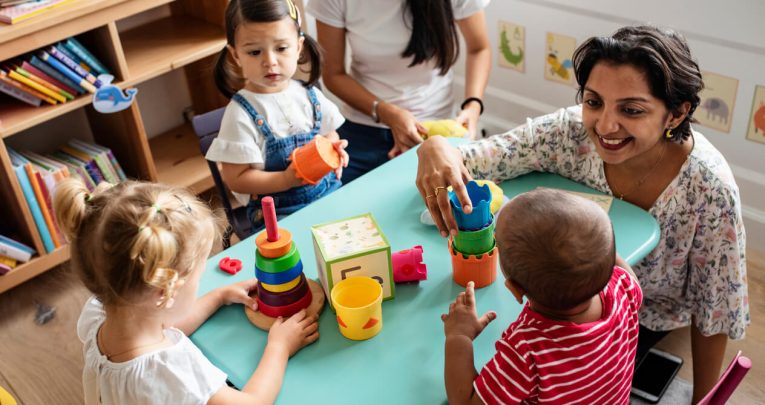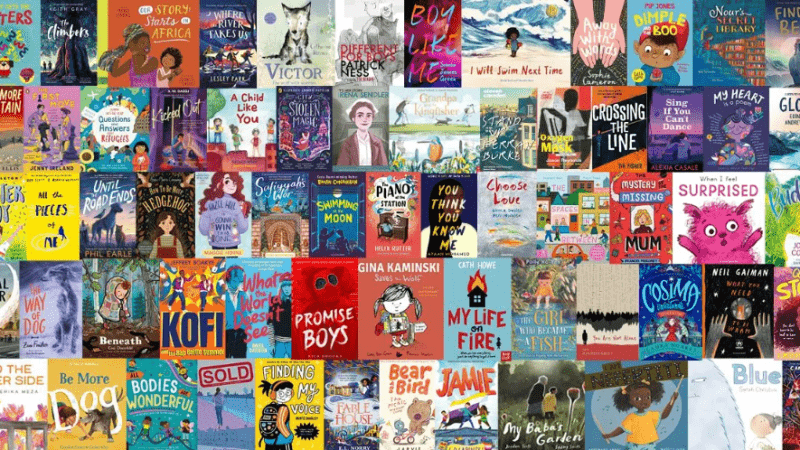Online journals – 5 tips to use them effectively in your nursery

Child centred, not screen obsessed – Rebecca Swindells, owner and co-manager of Blue Door Nursery, offers her advice on how she got the best from online journals…

Online journals have transformed countless early years settings over the past few years.
We were one of the first nurseries to use Tapestry, which has just celebrated its seventh birthday, and we’ve learnt a great deal about how to really get the most from an online journal.
If you use an online journal, or are thinking of introducing one, here are my five pieces of essential advice for brilliant and effective use.
1 | Be clear on your objectives
When we started our journey it was important to really understand the technology and what it could do for us and how we wanted to use it in our large day nursery.
For instance, we were not trying to recreate the child’s day so that parents could monitor them as if it was CCTV. Neither did we want to use it as a tick list for observations.
We wanted to give parents snapshots of their child’s day with us – crucial for reassuring parents, celebrating with them and introducing them to new ideas. We also wanted to encourage parents to give us a glimpse of their child’s family life at home.
Finally, we wanted to use an online journal to help us monitor a child’s development and ensure they were working within the EYFS development expectations for their age.
2 | Set the ground rules with staff
When staff join our setting we sit down with them to take them through the basics – signing in, taking a photo, logging into the browser version to access other features.
Once new members feel confident taking photos and leaving notes and comments we show them how to edit observations ready to send to parents.
Occasionally I have to remind a ‘tablet-loving’ member of the team that it’s about being child focused rather than screen focused.
I just take the tablet away and when they have their release time they focus on taking lots of photos and making long observations so that the partnerships are still there but the tablet fixation is broken! However, it doesn’t happen often once staff understand what we are trying to achieve.
3 | Keep things ‘in the moment’
We don’t write lots of words with the photos that go to parents, these observations are taken ‘in the moment’. Staff simply take a quick photo link it to a child, give it a title, and then get back to play.
If it’s not clear what’s going on in the photo/video clip then a few words of explanation is sufficient to send the picture home. Senior staff check observations throughout the day, will add a few words of explanation if necessary, and release them to parents when they are ready.
4 | Make time for reflection
Ensure all staff have ‘release time’ away from the children so that they can look back over their observations and make assessments of any that demonstrate key development points.
When staff have release time there is always a senior manager available to help them assess or pinpoint what they are seeing in relation to the EYFS development requirements.
5 | Engage with parents when they share
For all of us in early years, engagement with parents is incredibly important and online journals can provide a valuable bridge. Ensure staff quickly respond to parent submissions with ‘Likes’ or ‘Comments’ – it takes just seconds.
We make sure we always have a laptop switched on and ready to go in the staff room – staff just need to log on. Parents can see we are reading what they are saying and using the information they are sending us to help their child.
Sending lots of snippets (particularly those funny photos and wow moments) encourage parents to become more engaged. Avoid frequent, lengthy, wordy observations as parents will think that is what you want from them and feel intimidated.
My view is that if staff have a solid understanding of child development and the expectations of the EYFS then most of the key information about a child’s development will be in their head.
However, the correct use of an online journal provides valuable support to busy practitioners, a useful tool for those still learning, and most importantly keeps the child in the centre, rather than the screen.
Rebecca Swindells is the owner and co-manager of Blue Door Nursery, an education advisor to Tapestry and she has written frequently for the Foundation Stage Forum.











